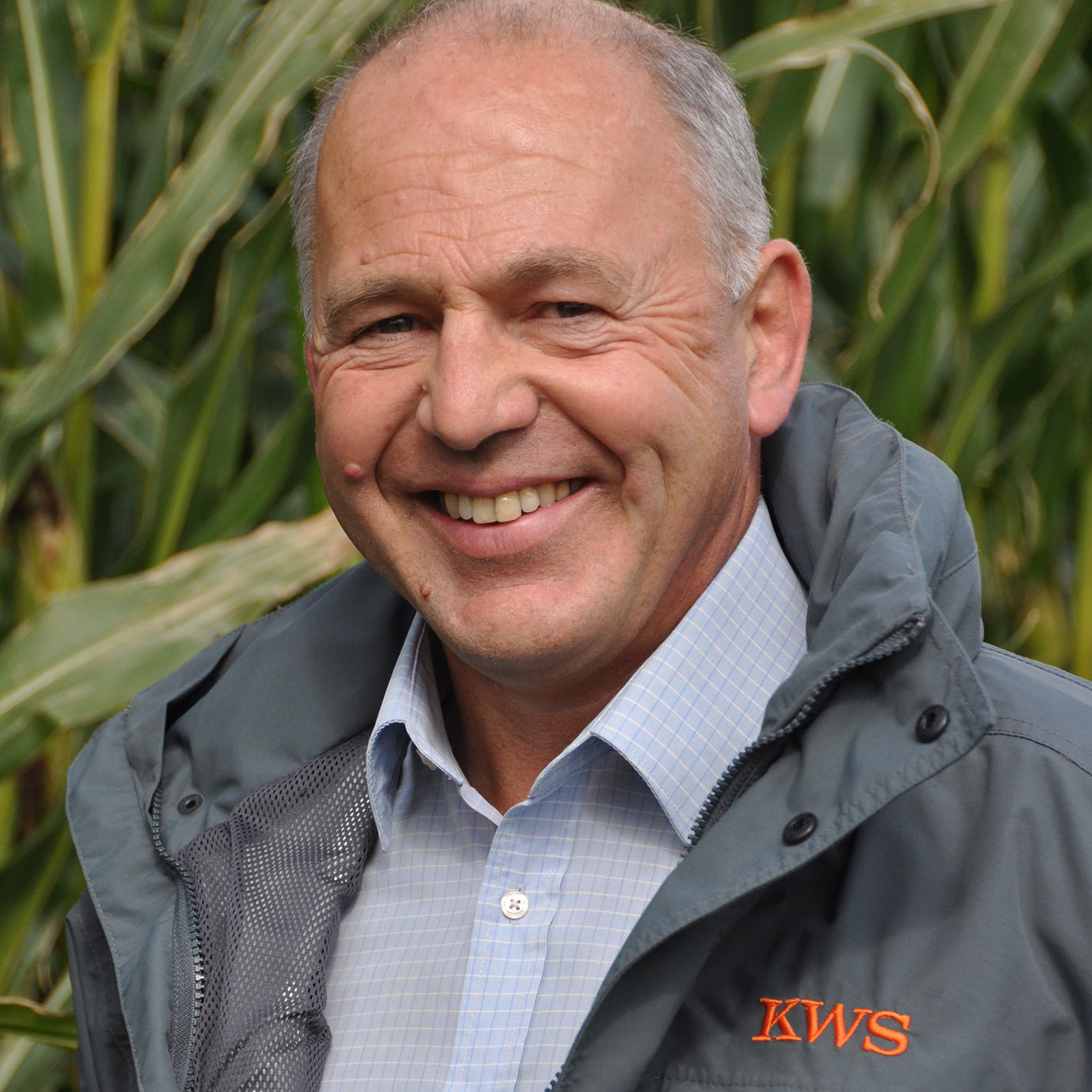October 2018
Plant breeder, KWS, has launched two new-generation maize hybrid forage varieties and a new hybrid energy variety, all of which will be available for planting in 2019.
The ultra-early KWS Artikus (FAO 160) has the potential to produce “rocket fuel” silage, according to KWS product manager, John Burgess. It had the top dry matter yield in its class across all NIAB trials, producing 15-20 tonnes/ha. It also produced a very high starch figure of 37.8-41.3 per cent in 2017, with an average ME of 11.90 MJ/Kg.
The excellent silage-making qualities of KWS Artikus are driven by its high kernel content and excellent ripening stability, says Mr Burgess. KWS Artikus has full cob sheath coverage and is ideal for growers aiming for an early harvest. It will be in limited supply for the spring of next year.
Meanwhile, the early KWS Arvid (FAO 160/170) is noted for its above-average grain density and very high forage starch levels; figures of 36.5 to 40.9 per cent were recorded for 2017. The variety had a recorded ME of 11.89 MJ/Kg after testing, as well as averaging 17.9 tonnes/ha for dry matter yield. The hybrid is expected to be a leading variety for next season and supplies may be limited.
The third addition to the KWS portfolio is Amaroc (FAO 240), which is primarily aimed at the energy market. It has an extremely high yield potential of 55-60 tonnes/ha on favourable sites and will suit growers who are looking to spread their harvest or drilling window, or those farming light soils. It scores highly for rapid early vigour.
Amaroc surpasses former generation hybrids, including Carolinio and Barros, and it is recommended for sowing at 42,000 seeds/acre (103,000 seeds/hectare). Growers in low rainfall areas are advised to sow at 38,000 seeds/acre (94,000 seeds hectare).
Mr Burgess says:
“These new varieties are a continuation of our progressive breeding programme and have been selected for their potential to offer growers improved performance, compared with the previous generation of hybrids.
“Feedback suggests that the cold, wet winter of 2017/2018 has underlined the importance of waiting until conditions are right, before drilling. We have focused on the production of early varieties, which require a shorter growing season to reach full maturity. They can be drilled in later season and will be ready for harvest at the same time, or earlier, compared with some of the more traditional types.
“KWS Artikus, KWS Arvid and Amaroc are a very strong trio for the 2019 season and we expect uptake to be high. It is understandable that growers will look to varieties that have performed well on the farm in the past. However, I would suggest that they try at least a percentage of the new varieties in their portfolio for next year, in order to take advantage of the plant breeding progress that has been achieved.”



